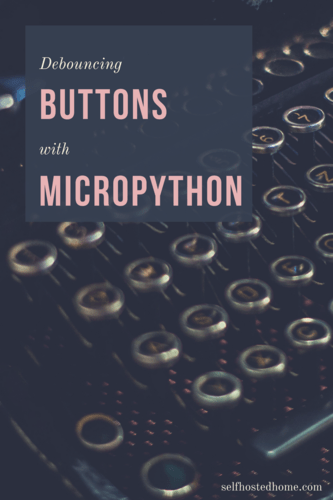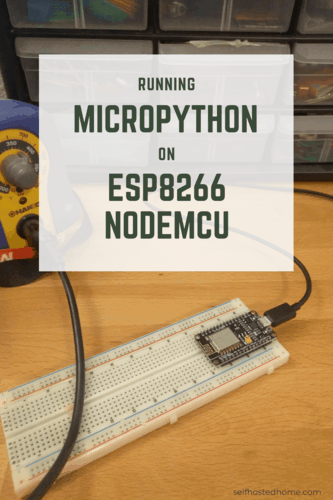My wife and I use the garage every day to go in and out our house. Wouldn’t you like to automatically make sure your garage door is closed at night? Or know the status of it when you’re away from the house? Today I’m going to use some inexpensive electronics to turn your standard garage door into a “smart” garage door. This design still keeps all the original functionality of your garage door intact, you won’t have to use an app or website to open the garage door, it just brings the garage door into the digital world.
For this project, we’re going to hook up an ESP8266 to our garage door opener to control over Home Assistant using MQTT. Some hardware you’ll need for this project:
From a software perspective, you’re going to need Home Assistant running with an MQTT broker and an ESP8266 running MicroPython. Check out these blog posts for setting those up:



